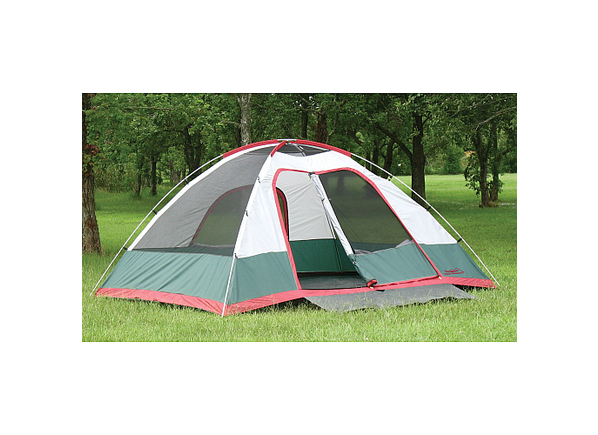Added To Cart
You can never have too much gear!
Here is some more gear you might like:
Here is some more gear you might like:


| SKU: | 01324 |
|---|---|
| Product Codes: |
049794013247 oo-15922 |
Free Shipping on orders over $50*
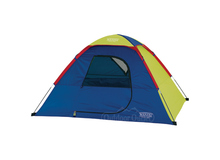
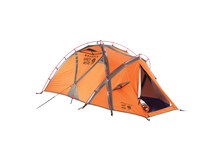
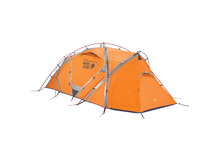


Everday low price
$48.00
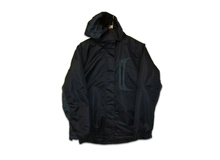
Save $65.01 (52%)
$125.00

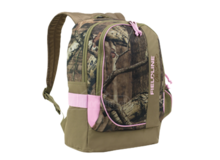
Save $13.00 (43%)
$29.99

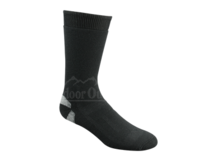
Save $15.00 (44%)
$33.99

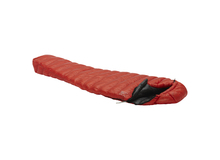
Save $144.00 (30%)
$480.00

 Facebook
Facebook

